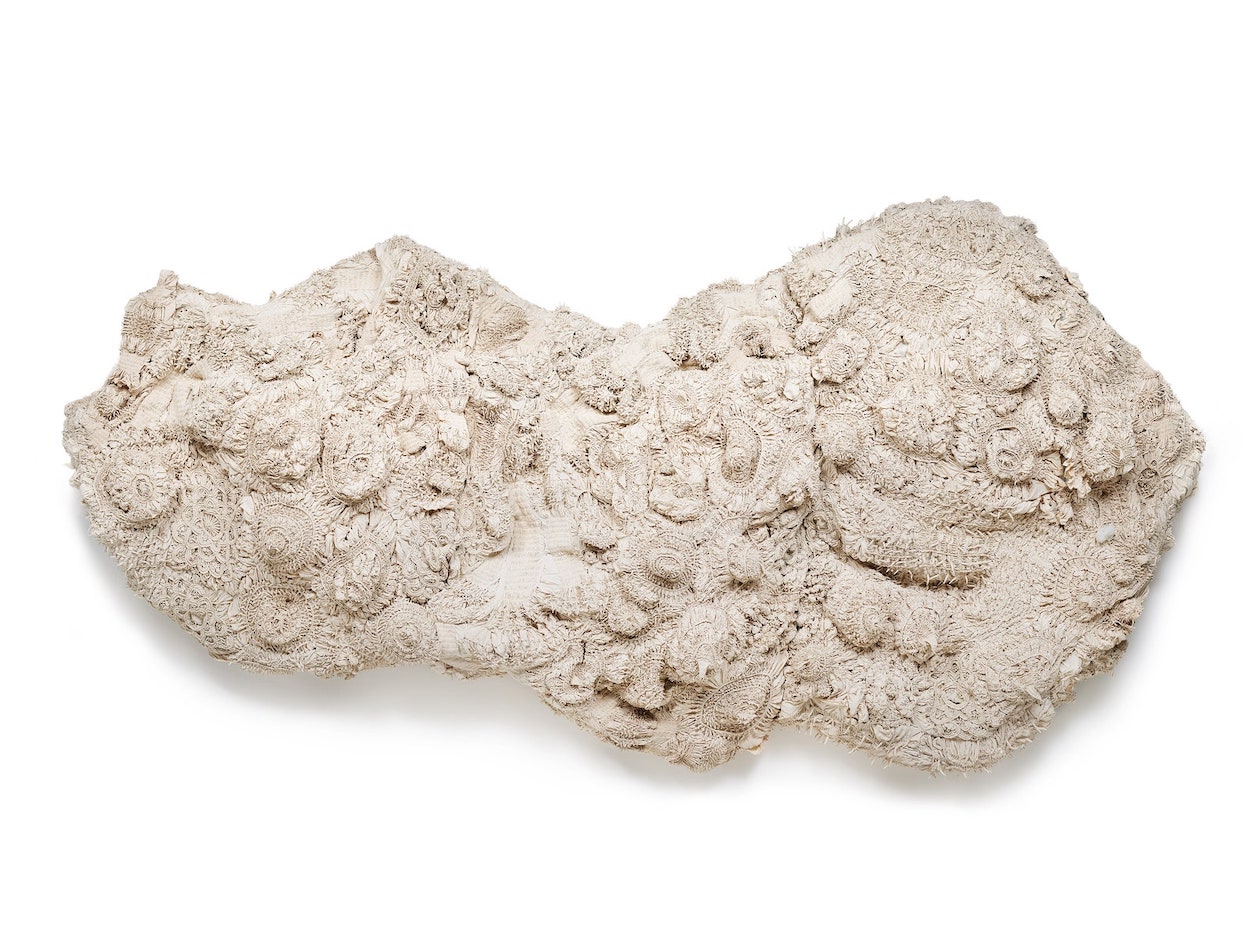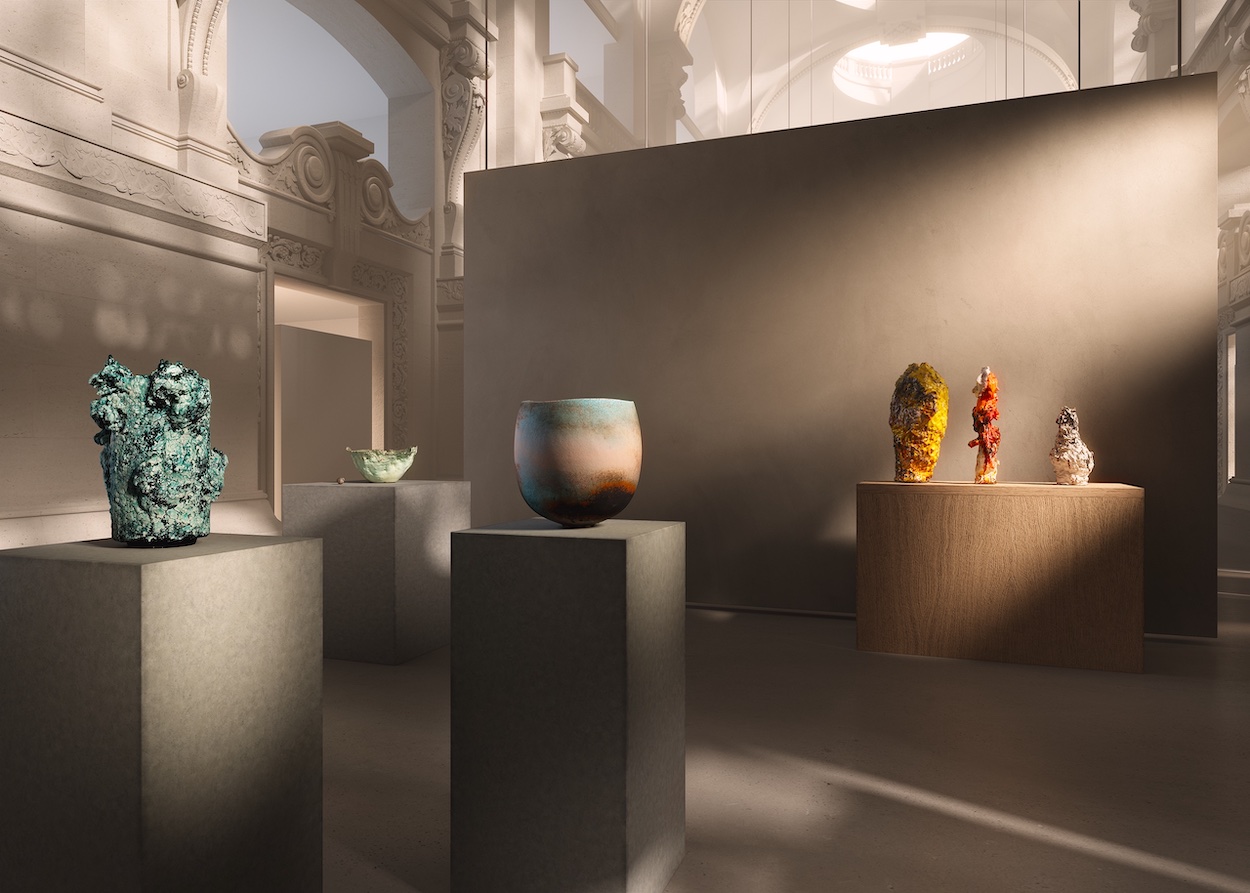Every year, the Loewe Foundation Craft Prize celebrates the importance of craft in contemporary culture and recognizes artists whose talent, vision, and will to innovate can set new standards for the future. Conceived by creative director Jonathan Anderson, the award is a tribute to Loewe’s humble beginnings as a collective craft workshop in 1846. “As a house, we are about craft in the purest sense of the word,” he says. “That is where our modernity lies, and it will always be relevant.”
The Spanish fashion label recently announced the 2021 winner, which was chosen from a shortlist of 30 finalists. Hype for this year’s winner has been building up for some time—since the finalists where announced, all the way back in January 2020, the Loewe Foundation has been highlighting their work on Instagram with a series of interviews and studio tours as part of the Loewe en Casa series.
The Chinese textile designer Fanglu Lin, an expert artisan who works closely with women of the Bai minority in Yunnan, China, to explore the thousand-years-old methods of sewing, dyeing, and embroidery, received top honors for her large-scale textile work She (2016). The immense, cloud-like wall installation, which weighs 550 pounds and spans nearly 100 feet, was built over three months of repetitive and scrupulous knotting, stitching, folding, and pleating of white cloth into intricate patterns.
She began exploring how to combine traditional craft techniques with a contemporary artistic expression after returning to her native China, in 2014, after having studied in Germany and Japan. “When I first saw [the technique], with its rich texture and primitive power, I knew that this was what I had been looking for,” Lin said in a recent interview. “Since then, I have started to research the inheritance of Bai tie dyeing and the artistic creation based on this ancient craftsmanship. They imparted their skills to me selflessly, at the same time, their hard-working spirit deeply moved me. Every bit of emotion and thought in Yunnan is integrated into this work. The power and the inspiration these women have brought to me are essential and will never be forgotten. My works are a homage to them.”
The first textile artist to win the prize since it launched in 2016, Lin was selected as the winner by a jury of Anderson, Naoto Fukasawa, Patricia Urquiola, and Wang Shu. “What’s interesting about [Lin’s] work is that it’s of such a monumental scale that it really takes you into this landscape,” Anderson says of She. “I find it incredibly fascinating—the idea that it consumes you and you’re lost within this huge amount of imagination. This happens through a very traditional technique, but by taking the technique and blowing it to such a proportion, that becomes the abstract.”
The jury also gave special mentions to sculptor David Corvalán of Chile and ceramist Takayuki Sakiyama of Japan. Each of the shortlisted pieces will be showcased in an immersive virtual space that recreates the interior of the Great Hall at the Musée des Arts Decoratifs in Paris, which normally stages an in-person exhibition but couldn’t this year due to pandemic restrictions. Viewers will be able access each work up-close using augmented reality through their computers and smartphones.
Loewe also announced the debut of The Room, a new gallery website that highlights the work of all 115 finalists since the Craft Prize launched. “You’ll be able to click on their profile and see which works are available with the gallery, and you can be connected straight to them,” Anderson tells Vogue about the platform. “A prize cannot just be a prize and then we move on. It’s about the support mechanism. Prizes are incredibly difficult to manage, but there’s such dedication within the company to make it work and to be able to support artists and craftspeople. We’re doing things that I think give back, ultimately.”



